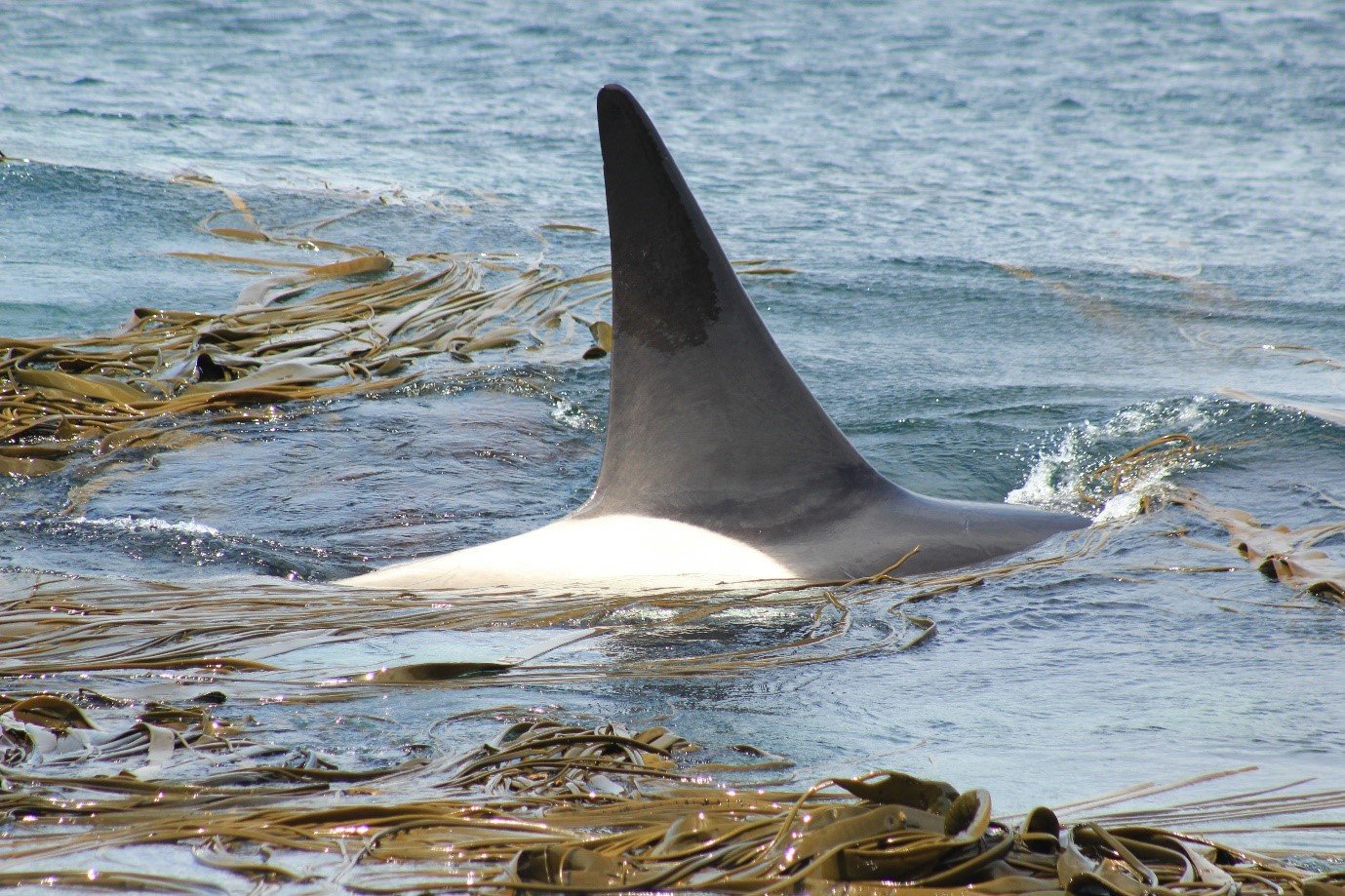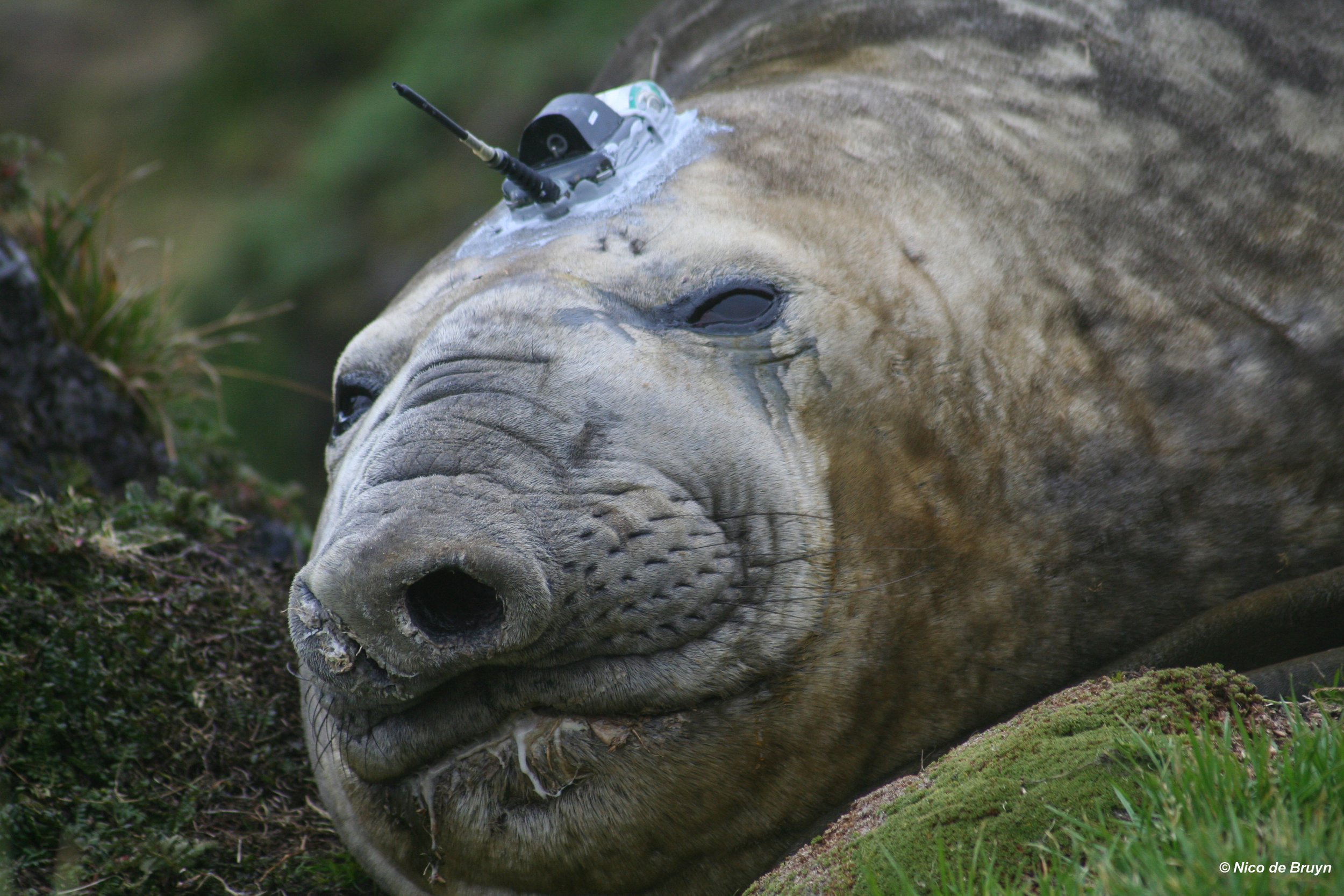Expedition news: MIMMP tag seals on pristine Prince Edward Island!
/In November 2023, 13 scientists landed on sub-Antarctic Prince Edward Island, becoming the first visitors to this pristine island in 12 years. Prince Edward lies approximately 20km from its more well-known neighbour, Marion Island. Although smaller, Prince Edward is more pristine than Marion, largely due to its strict management plan which only enables a small group of visitors for short visits (max of 8 days) every five years.
The rugged coastline of Prince Edward Island. Photo: Rowan Jordaan
Camp near Cave Bay. Photo: Rowan Jordaan
Part of this team, were 2x MIMMP sealers and research associates, Dr Chris Oosthuizen and Dr Rowan Jordaan. Their goal for the expedition was to tag all the recently weaned southern elephant seal pups. This expedition conveniently took place shortly after the conclusion of the annual elephant seal breeding season, the timing was therefore perfect for this activity. The only previous occasion where elephant seal pups were tagged on Prince Edward was in 2004 but because that expedition took part in December, many pups had already departed the island on that occasion and the extent of the breeding population on Prince Edward could not be robustly determined.
Chris (left) and Rowan (right) standing above McNish Bay with Marion Island in the distance. Photo: Chris Oosthuizen
Recently tagged elephant seal pups with their Prince Edward PEBZ tags. Photo: Rowan Jordaan
Not quite knowing what to expect, Chris and Rowan set off with a full set of tags (specially made for Prince Edward Island) and applicators in hand. The rugged coastline was generally not well suited to elephant seals but where there was a favourable beach, elephant seal weaners were in abundance! Chris and Rowan spent the days walking along the coastline until they came across these beaches and then they spent a lot of time finding and tagging all the pups in attendance. Tagging was often interrupted by killer whales who also spent time at the beaches, hoping to catch an unsuspecting weaner in the shallows. The beach with the largest number of weaners, Boggel beach, was situated at the base of a scoria cone and its long, black sandy beach was peppered with elephant seal weaners and a couple of very calm adult males. At the end of several days of tagging, 131 weaners were tagged on this beach alone! What a site this beach would be in peak breeding season!
A group of weaners on Boggel Beach, a volcanic sand beach at the base of a scoria cone. Photo: Rowan Jordaan
The everpresent killer whales patrolling the shallows at busy beaches. Photo: Rowan Jordaan
McNish Bay on the south western corner of Prince Edward was arguably one of the more scenic beaches on the island (and possibly in the archipelago). Surrounded by colossal cliffs, coloured in various shades of reds and browns, this beach faced Marion Island, which could be seen in the distance. It was a warm summers day and after tagging 34 pups on McNish Bay beach, Chris and Rowan had to seek shade in an old sealer shelter where they enjoyed lunch before the long walk back to camp. The weather that day was particularly pleasant and the weather in general always seemed better during the day than at night. This made the days spent walking and tagging more enjoyable compared to the sleepless nights endured in the tents back at camp. We now understand why visitors can only spend a max of 8 days on the island, there aren’t many tents that could survive the wind for much longer!
Chris checks an adult male elephant seal for tags at Cave Bay beach. Photo: Rowan Jordaan
The expedition lasted 7 nights before the team was pulled off the island due to (more) severe weather en route. In total, 412 elephant seal weaners were present on Prince Edward, the majority of which were tagged. This tagging event provides us with valuable information on the size of the elephant seal breeding population on Prince Edward and movement to and from our main study site, Marion Island. All killer whales seen during this expedition have also been seen at Marion. In addition to the weaners, some resting bulls and a few late breeding females, a few non-breeding yearling and sub adults were also noted on the beaches and it was refreshing to see some of these animals carrying tags that they received on Marion Island. We look forward to seeing how many of these seals carrying PEBZ tags are seen on Marion as part of our continuous monitoring taking place there!























